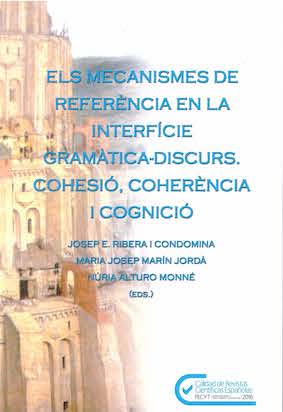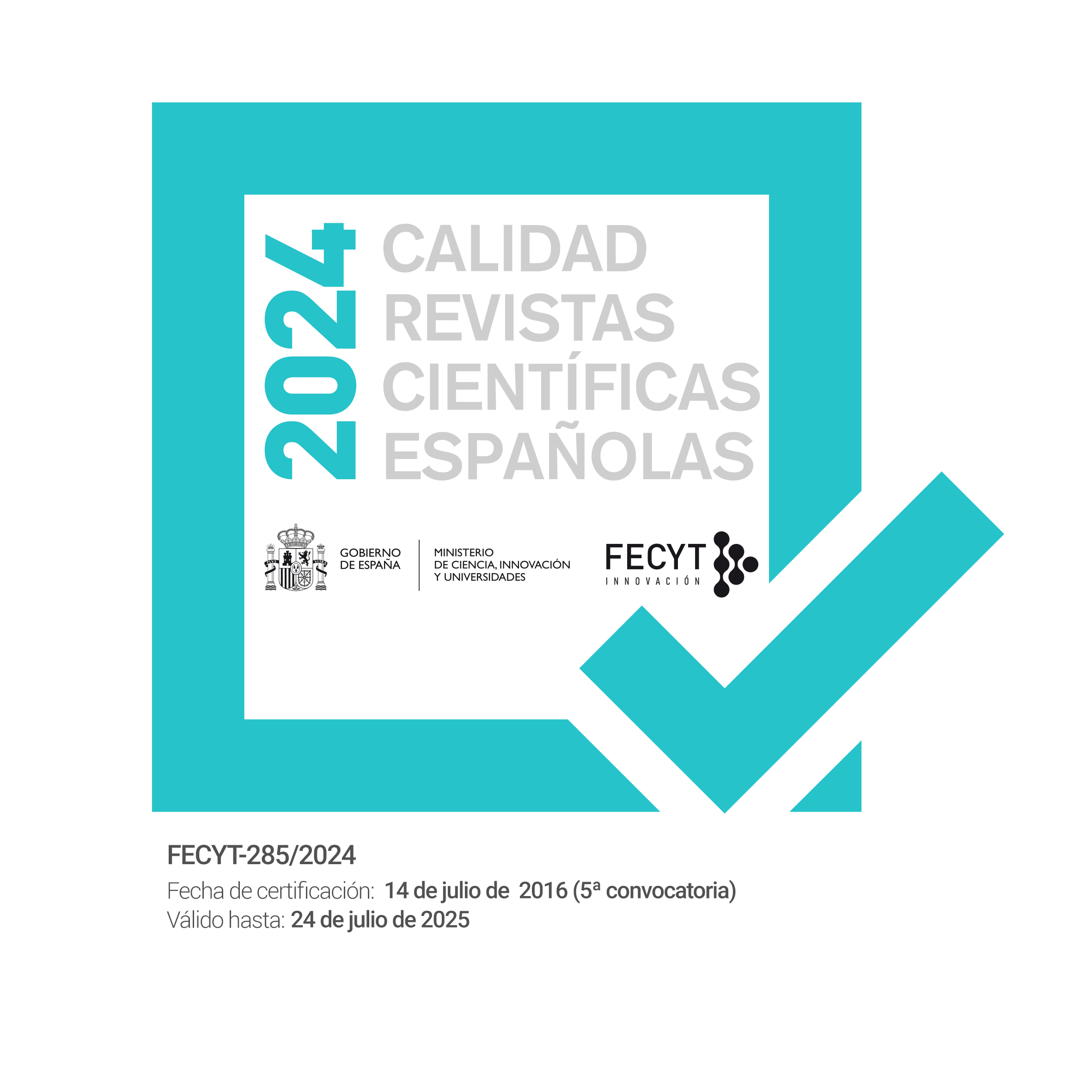Referential devices in the grammar-discourse interface. Cohesion, coherence and cognition
DOI:
https://doi.org/10.7203/qf.23.13518Keywords:
grammar-discourse interface, cognition, coherence, cohesion Abstract
Abstract
Referential cohesion consists of a series of phoric-type grammatical and lexical devices that exhibit syntactic and semantic links amongst discourse entities. By means of reference, textual meanings intertwine. Thus, a series of coreferential and disjoint reference networks are created, through which nouns are linked in order to contribute to textual cohesion.
As a phenomenon that includes pronominalisation, ellipsis or zero anaphora, text deixis (which essentially consists in non-exophoric uses of demonstratives) and a variety of lexical cohesion devices (relationships of repetition, synonymy, hypernymy, hyponymy and association), referential cohesion works in the grammar and discourse-pragmatic interface. On the one hand, it sets structural and hierarchical syntactic-semantic relations between sentence constituents; on the other hand, it makes explicit the degree of activation of discourse entities in the memory of the interlocutors and therefore shows evidence of discourse organisation, which licences the interpretation of thematic progression and coherence.
Thus, firstly, the diverse referential devices are linked to text cohesion at the microstructural level. Secondly, they stand as obvious and tangible traces of coherence relations at the level of macrostructure. Finally, they underline the cognitive processes by means of which the addressor and the addressee interact in order to communicate –the main aim of discourse– at the contextual and pragmatic levels.
 Downloads
Downloads
Downloads
Published
How to Cite
-
Abstract10750
-
PDF (Català)931
Issue
Section
License
 Este obra está bajo una licencia de Creative Commons Reconocimiento-NoComercial-SinObraDerivada 4.0 Internacional.
Este obra está bajo una licencia de Creative Commons Reconocimiento-NoComercial-SinObraDerivada 4.0 Internacional.
Authors who publish with this journal agree to the following terms:
- Authors retain copyright and grant the journal right of first publication with the work simultaneously licensed under a Creative Commons Attribution License that allows others to share the work with an acknowledgement of the work's authorship and initial publication in this journal.
- Authors are able to enter into separate, additional contractual arrangements for the non-exclusive distribution of the journal's published version of the work (e.g., post it to an institutional repository or publish it in a book), with an acknowledgement of its initial publication in this journal.
- Authors are permitted and encouraged to post their work online (e.g., in institutional repositories or on their website) prior to and during the submission process, as it can lead to productive exchanges, as well as earlier and greater citation of published work (See The Effect of Open Access).




